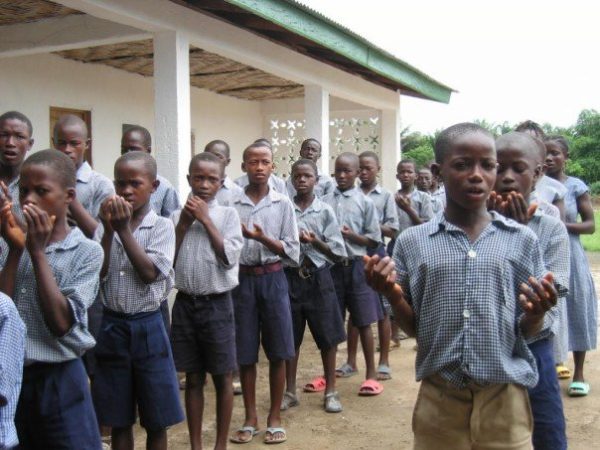
When literary people think of “building community,” they do it in expected ways—founding workshops, founding publishing houses, founding magazines and journals, building mentorship networks. But when Aminatta Forna first thought of it, it was something unconventional. December 2017 makes the 15th year of the philanthropic initiative Forna started: The Rogbonko Project.
Shortly after her critically-acclaimed first book, the memoir The Devil That Danced on the Water (2002), Forna returned to the village in central Sierra Leone founded in the 1920s by her grandfather, a coffee grower and farmer: a community of around 500 people called Rogbonko. What she met, what was once a flourishing community, was now populated only by subsistence farmers.
When she began The Rogbonko Project, the initiative’s mission was to build a school in the village, which, as a result of the start of the country’s civil war in 1991, fell behind the rebel line and was cut off from the rest of the country for a decade, and ran into serious economic decline. But since then, the initiative has further run sanitation and maternal health projects.
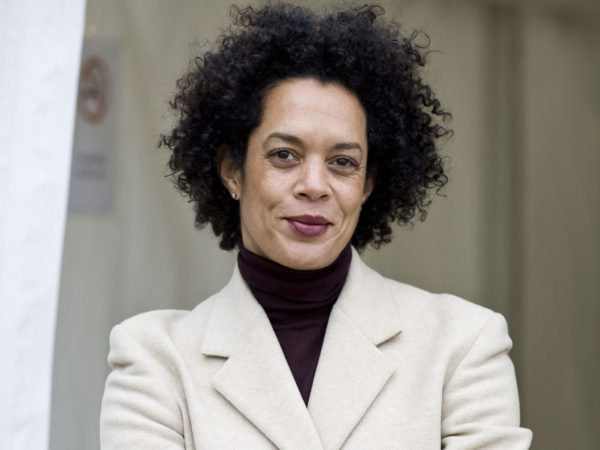
Here is an overview of the project from Forna’s Website.
When Aminatta returned in 2002, years of economic decline had turned what was once a flourishing community into mere subsistence farmers. People were desperate to send their children to school, the only hope they saw of changing their circumstances.
The Rogbonko Project unofficially began in December 2002 out of a single village meeting to talk about building a school, the first in a series of initiatives which together would become the Rogbonko Project. Since 2002 the Project has spread to include education, infrastructure and health, in a community effort to to create an escape route from poverty.
The first school building opened its doors on January 15th 2003, less than three weeks after the village meeting. It was erected using bamboo and thatch and had one teacher. We called it simply Rogbonko Village School. Today Rogbonko Village School comprises a five classroom school building with a library and solar power—the first electricity to reach the village—and some two hundred children. In addition to regular school activities, the school runs an adult literacy programme, skills training and a school meals programme.
The work of the Rogbonko Project goes on. Following two cholera outbreaks the village well has been entirely refitted, a second well sunk at the opposite end of the village and VIP (Ventilated Improved Pit Latrines) toilets introduced. Effective malaria control has been achieved with the donation of mosquito nets to every household. Recently the Rogbonko Project has turned its efforts towards maternal and infant mortality, of which Sierra Leone suffers one of the highest incidence in the world. A trained midwife has visited the village to hold seminars with local birth attendants and the construction of a dedicated birthing house is currently underway.
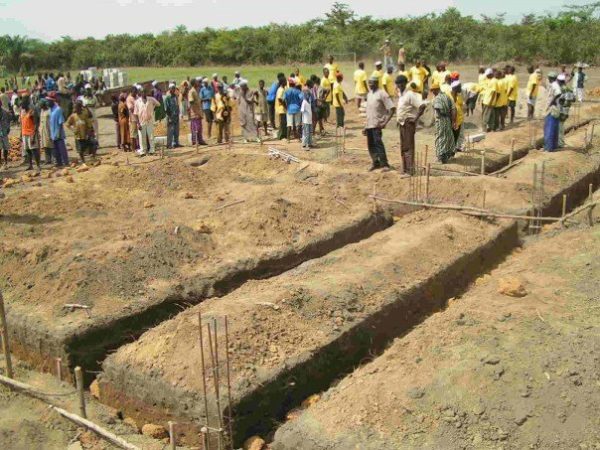
The Rogbonko Project is further interesting as “every project undertaken in Rogbonko is initiated, administered and entirely run by the village.” It is rooted in “the belief that Africans already possess the knowledge, will and systems to transform their living conditions.” The project is modeled to prove that “Africa has all the experts it needs—they’re the people who live there.”
The project has received some donations, on justgiving.com, from concerned individuals. And an outpour of goodwill. A donator, Sanjit Chudha, writes:
“Love the focus of this charitable endeavour. The hard work goes on long after the headlines disappear. All power to you and the people of Rogbonko.“
Ali, Adrian, Cam and Jay Miller wrote:
“We hope this helps such a worthwhile cause during this incredibly challenging time.“
Henry Krzymuski:
“Dear Aminata, Saw The Times article and was reminded of one of your early fundraising events in a restaurant in Notting Hill! Well done on the project which is needed more than ever now.“
Anonymous wrote:
“I visited Rogbonko in March 2014, meeting the villagers & learning about your incredible village. My heart goes out to you for the fear you must be feeling. I hope and pray you will all be safe.“
Stephen and Fiona Carrick-Davies:
“Inspired to read about the work you are doing at the School.“
However, aside from mentions here and there, not much can be found online about the project, but we did some digging and found photos, all dating from ten years ago, 2006-7.

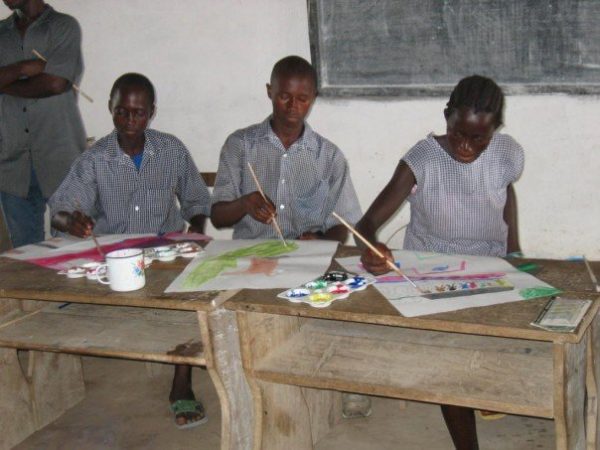

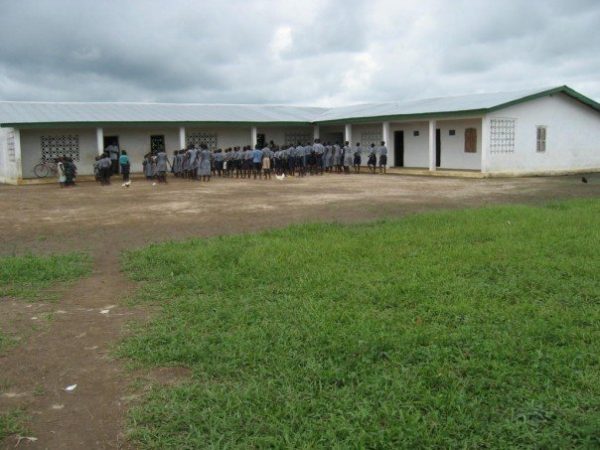
We applaud the truly great, humbling work Aminatta Forna has put in here—“applaud,” because we have no adequate words for this. Aminatta Forna is the ultimate inspiration.
Please donate to the project HERE.
Visit the project Website HERE.



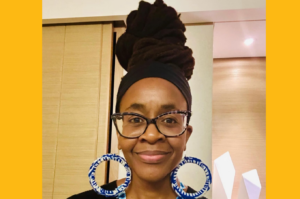


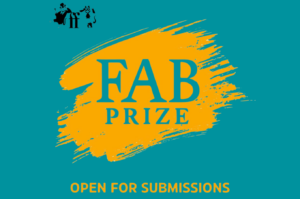


COMMENTS -
Reader Interactions